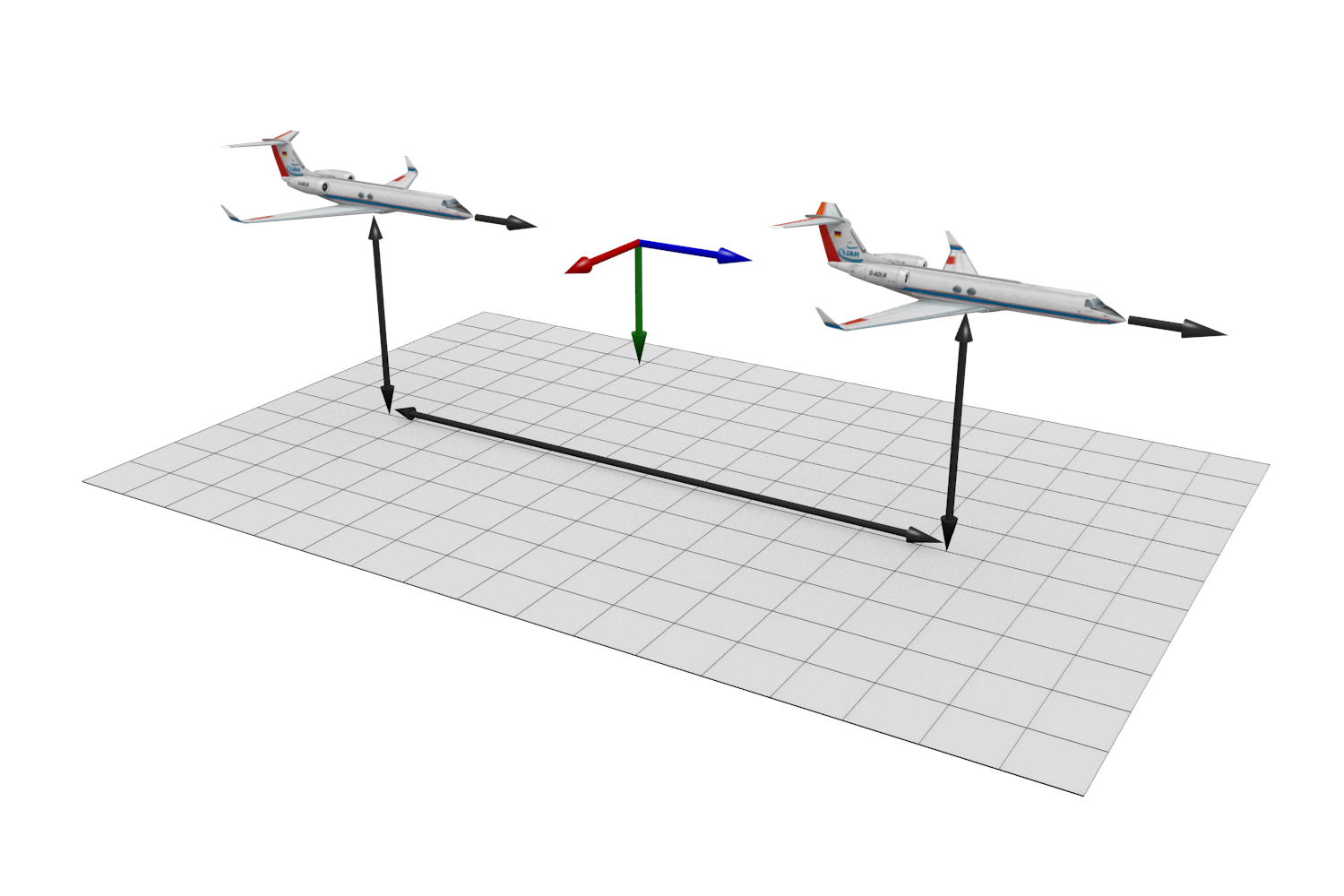Abstract: In this talk we present differential geometric concepts for future mobile-to- mobile channel models. Those concepts enable the audience to generalize the propagation channel description and apply it to different mobile-to- mobile scenarios. The geometric description allows for a non-stationary probabilistic model, which incorporates high mobility scenarios. These are very important in future communication systems. Hereby, the mathematical concepts are similar to the theory of general relativity. Differential forms and coordinate system transforms are part of a tensorial description of the channel. Our channel model for mobile-to-mobile channels is based on two important mathematical concepts: prolate spheroidal coordinates and differential forms. Furthermore, both the coordinate transform and the differential forms can be uniformly described by the tensor theory. We use co- and contravariant tensors to express both the gradient of the Doppler frequency in prolate spheroidal coordinates. Differential forms are used to calculate the scattering area in a uniform way. Another important mathematical concept presented in this talk is algebraic curves; the mathematician Adrew Wiles Fermat’s used such curves to prove Fermat’s last theorem and certain algebraic curves, i.e., elliptic curves are nowadays used in cryptography. We apply the theory of algebraic curves to obtain a polynomial description of the Doppler frequency.In the second part of the talk, we introduce a complete analytic probability-based description of mobile-to-mobile uncorrelated scatter channels. We show that the description is equivalent to the correlation-based description introduced by Bello and Matz. This equivalence is evaluated through a comparison of the hybrid characteristic probability density with the correlation-based description of a measured generic mobile-to-mobile channel, both of which can be obtained directly either from theory or from measurement data. The comparison confirms the similarity between the probability based and correlation-based description qualitatively and quantitatively. Thus, the proposed probabilistic description complements the common correlation-based description providing a comprehensive theoretical description of arbitrary uncorrelated scatter channels.
Hinweis zu Cookies
Unsere Website verwendet Cookies, um die grundlegende Funktionalität unserer Website zu gewährleisten sowie die Zugriffe auf unserer Website zu analysieren und um Funktionen für soziale Medien und zielgerichtete Werbung anbieten zu können. Hierzu ist es nötig Informationen an die jeweiligen Dienstanbieter weiterzugeben. Weitere Informationen zu Cookies auf der Website finden Sie in unserer Datenschutzerklärung.
-
Diese Cookies werden für eine reibungslose Funktion unserer Website benötigt.
Name Zweck Ablauf Typ Anbieter wordpress_test_cookie Test cookie zum Testen, ob Cookies gesetzt werden können. 1 Jahr HTTP Homepage TUW PHPSESSID Wird von WordPress verwendet, um den Status Ihrer aktuellen Benutzersession über mehrere Seitenanfragen hinweg zu bewahren. Session HTTP Homepage TUW wordpress_logged_in_{hash} Wird von Wordpress verwendet, um die Benutzer eingeloggt zu lassen. {hash} repräsentiert einen einmaligen Benutzertoken. 1 Jahr HTTP Homepage TUW wp-settings-time-{id} Dient zur Anpassung der Ansicht der Verwaltungsoberfläche und möglicherweise auch der Hauptschnittstelle der Website. 1 Jahr HTTP Homepage TUW wordpress_sec_{hash} Dieses Cookie wird verwendet, um Ihre Authentifizierungsdaten zu speichern. Die Verwendung ist auf den Bereich der Verwaltungskonsole beschränkt. {hash} repräsentiert einen einmaligen Benutzertoken. 1 Jahr HTTP Homepage TUW wp-settings-{id} Dient zur Anpassung der Ansicht der Verwaltungsoberfläche und möglicherweise auch der Hauptschnittstelle der Website. 1 Jahr HTTP Homepage TUW wp-wpml_current_language Speichert die aktuelle Sprache. Dieses Cookie ist standardmäßig auf Websiten aktiviert, um die Funktion der Sprachfilterung für AJAX-Operationen verwenden zu können. 1 Tag HTTP Homepage TUW wp-wpml_current_admin_language_{hash} Speichert die aktuelle Sprache des WordPress-Administrationsbereichs. {hash} repräsentiert einen einmaligen Benutzertoken. 1 Tag HTTP Homepage TUW CookieConsent_117a3e Speichert Ihre Einstellungen zur Verwendung von Cookies auf dieser Website. 1 Jahr HTML Homepage TUW -
Mit Hilfe dieser Cookies können wir unser Angebot laufend verbessern und unsere Website an Ihre Bedürfnisse anpassen. Dabei werden pseudonymisierte Daten über die Websitenutzung gesammelt und statistisch ausgewertet.
Name Zweck Ablauf Typ Anbieter _pk_id.136.56ce Wird verwendet, um ein paar Details über den Benutzer wie die eindeutige Besucher-ID zu speichern. 13 Monate HTML Matomo TUW _pk_ref Wird benutzt, um die Informationen der Herkunftswebsite des Benutzers zu speichern. 6 Monate HTML Matomo TUW _pk_ses.136.56ce Wird benötigt, um vorübergehende Daten des Besuchs zu speichern. 30 MInuten HTML Matomo TUW
